Whenever we open the social media, we receive a lot of photography marketing. Almost every 2 months we see a new big release on brands such as Sony, Panasonic, Canon, Nikon, and others. Because of that, the Mirrorless/DSLR market has a lot of options for all budgets right now.
With this in mind, I need to recognize that some revolutions had been made in the past years. Canon took the lead in the process at first with the outstanding Canon 5D Mark II. This camera could make good quality videos by that time, and with some help of the modified firmware programs like Magic Lantern, it massified the process of cinematographic production.
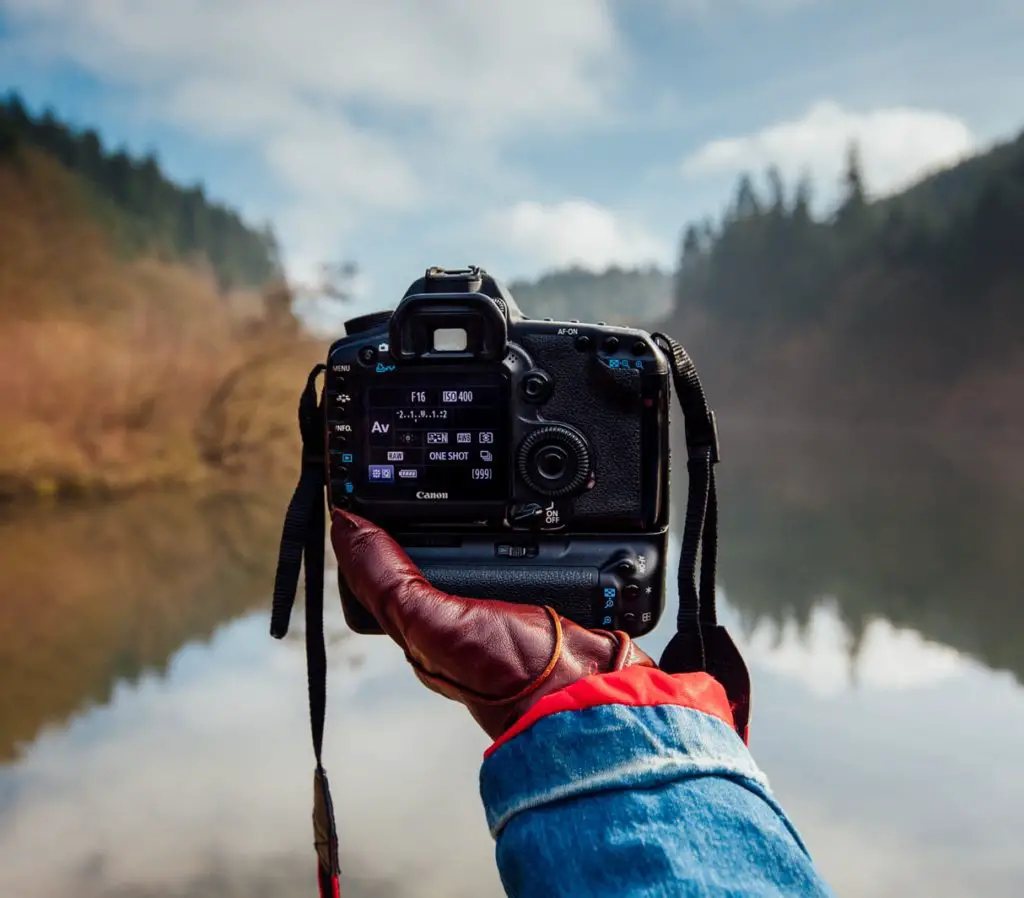
However, Canon stops in the time for some years, and Sony took a lot of the Canon market share after the release of the innovative mirrorless Sony A7SII and the low/middle range cameras like Sony a6300 and Sony a6500. After that, we saw some other improvements, but most parts of them were imperceptible to the layman on the subject.
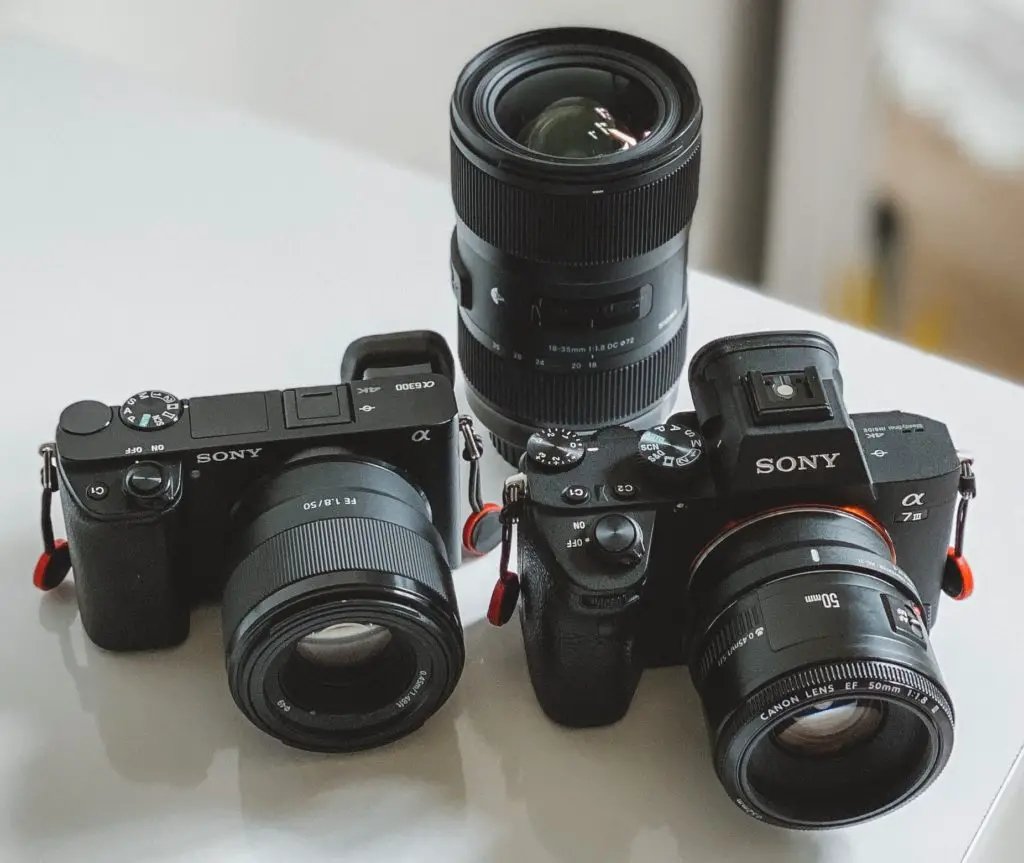
Today, a lot of photographers are buying cameras based on the new specs but forgetting what matters most, which are their techniques and the final image quality. I will explain to you why:
1. You Don’t Need 4k (24fps, 30fps, 60fps, 120fps…)
I know it’s awesome to shoot in 4k, and I also know that it brings us some flexibility while we edit videos. However, most of the internet traffic is made by mobile devices which generally are not able to stream videos in 4k. And even if it is able, the users can’t see too much difference from 1080p, because of the small screens.
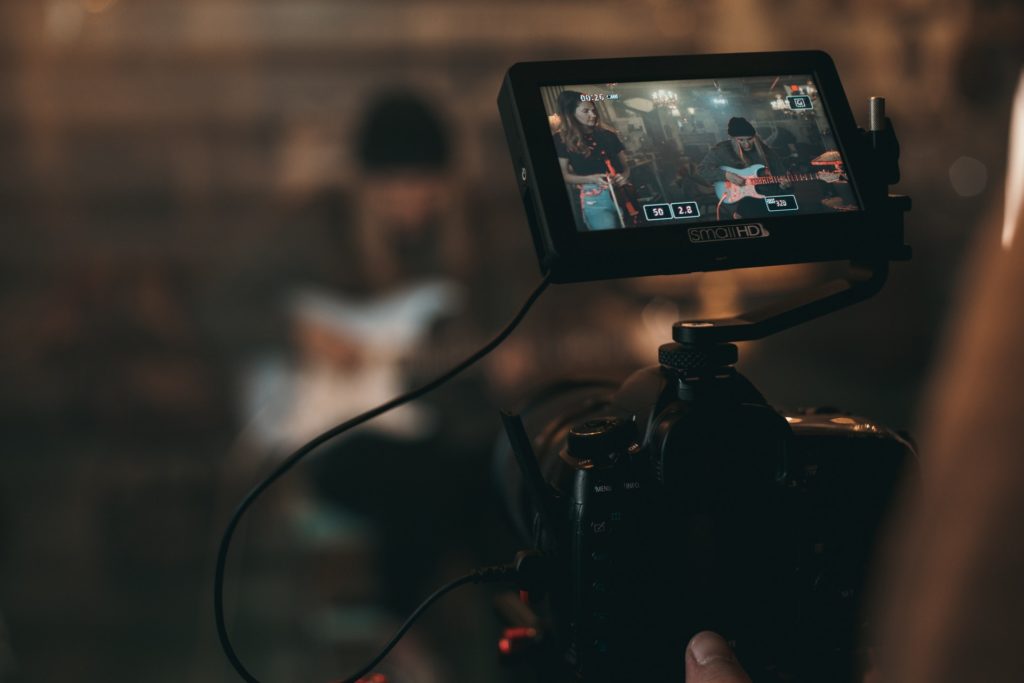
More than 70% of YouTube watch time comes from mobile, and at the same time nearly 99% of all the social media usage comes from smartphones.
In social media like YouTube, almost all mobile devices can just stream videos up to 1080p by default.
Look at these numbers. Do you still need to use 4k? Do you really need to pay an extra hundred dollars to have better quality cropped images?
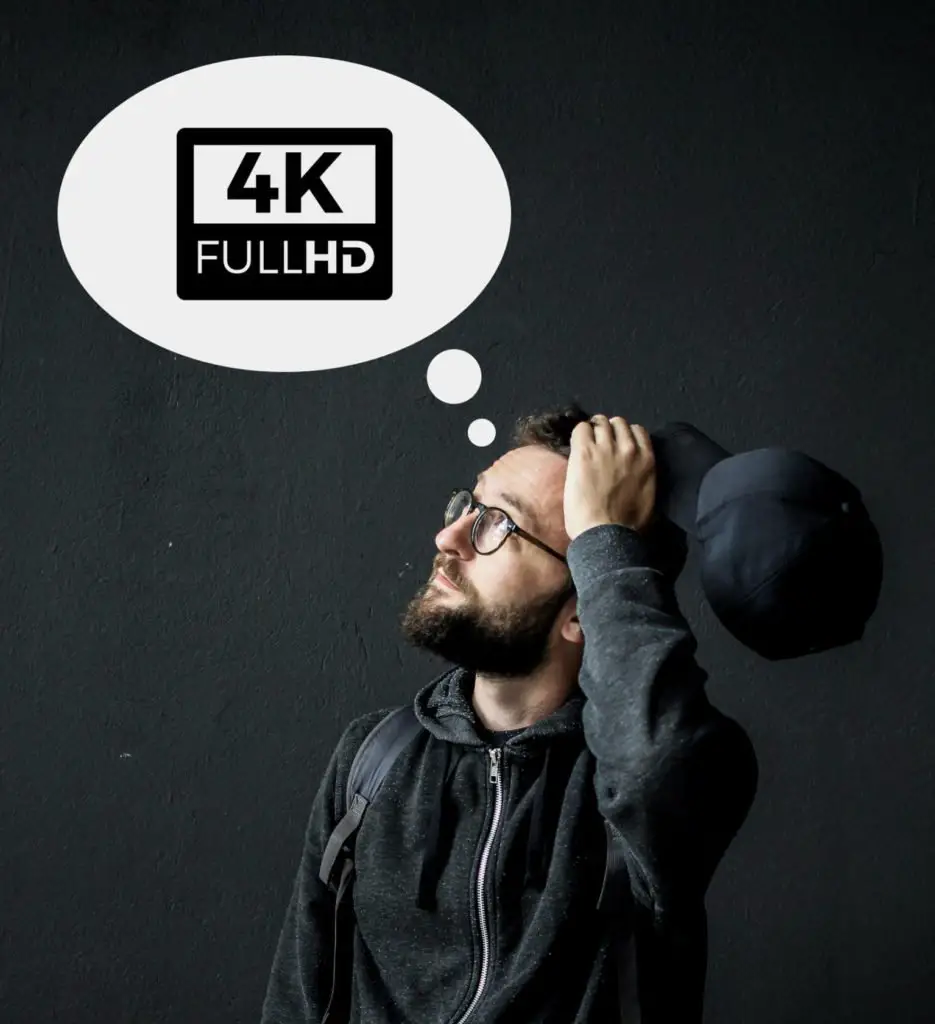
For me, record 4k to upload on social media is like putting a Formula 1 car to race in a traffic jam. It will need to run at the same speed as the others.
In addition to that, when you shoot 4k, you need not only a more expensive camera body, but also more batteries and SD cards to support the big amount of data, which increases your costs. If you cut these extra costs, you can save a good amount of money.
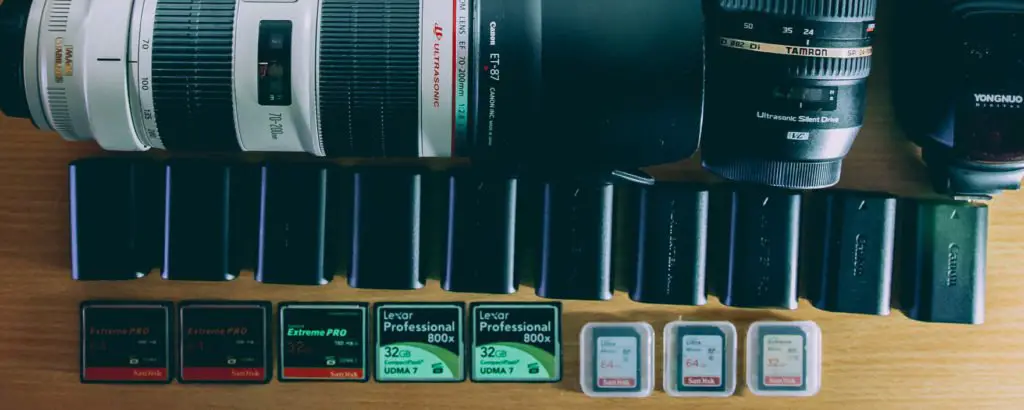
For example, even if you buy a not too expensive mirrorless with 4k video like Fujifilm XT100, you can save nearly US$180 if you don’t buy 2 extra batteries + 1 extra charger, and 1 extra SD card.
This way, If you’re not a cinematographer or you don’t have an established videomaking business it doesn’t make sense to shoot 4k every time. You would be wasting money.
2. You Don’t Need The Brand New Camera
As I said before, almost every 2 months we see new camera releases on different brands, and almost every year the big brands replace their previous models.
However, these changes usually are just on the interface, basic hardware, and less on the sensors. Because of that, the difference is not too visible in the final result images between the models.
One good example is the Canon T2i (also called EOS 550D) in comparison with the Canon T5i (also called EOS 700D). They both share the same sensor with some specific additions in the new generations. In other words, 4 generations and the same sensor.
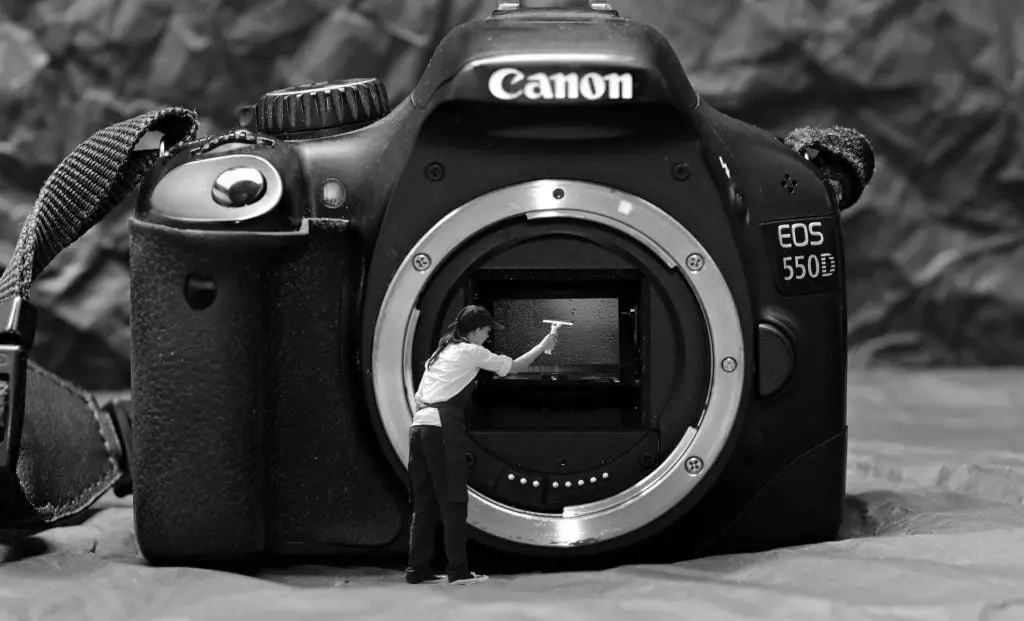
Another good example in these days is the comparison between the Sony a6600 and the Sony a6500. They share the same sensor and almost the same camera body, but the newest one has a better battery, 0.03s faster autofocus, and some improvement in ISO due to some better noise-reduction. Despite that, you can find a used a6500 for less than US$600 and a new a6600 for more than twice the price.
When comparing the Sony a6500 and Sony a6600, even at high ISO they perform very similarly, and you can just see some difference at extremely high ISO, like 25600. You probably won’t use this much, and at maybe 99,99% of the shoots in real life you’ll have the same image quality using both cameras.
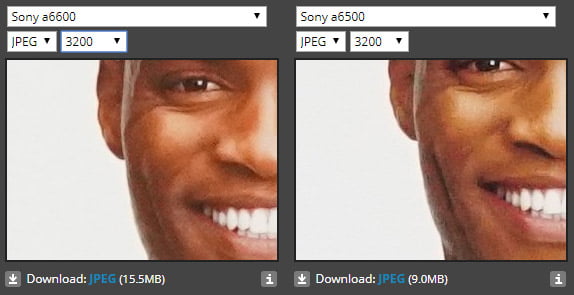
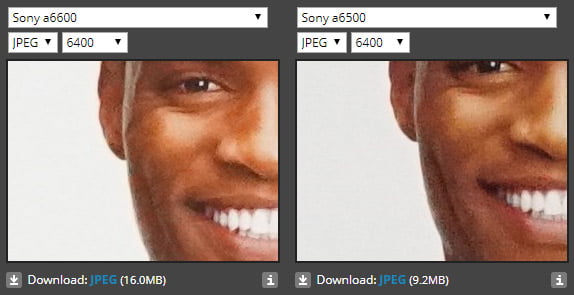
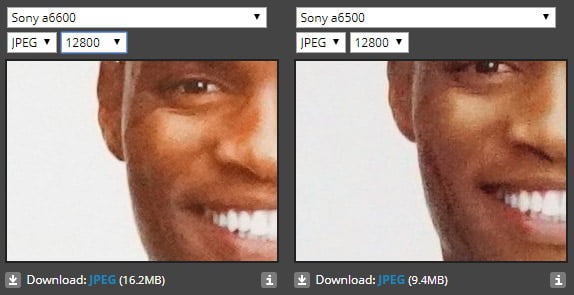
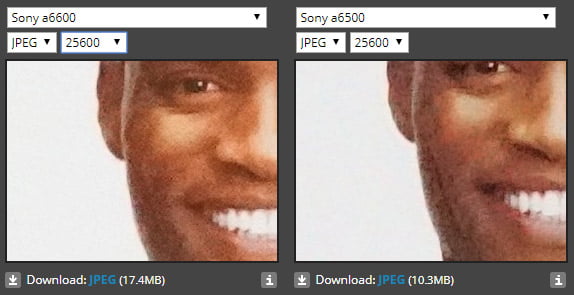
Because of that, if I were you, I would definitely think twice before buying a brand new camera. The chances are high that you are wasting money on something you don’t need.
3. You Don’t Need Full Frame Cameras
Some people say that the difference between the Full Frame (FF) sensors and the cropped ones is that the Full Frame has more image quality (besides the crop-factor). Is this true?
Technically, when we are comparing the image quality, we need to talk mainly about the ISO response, the Dynamic Range and the Tonal Range of the camera.
For instance, let’s go to compare the Canon 5D Mark IV and Sony a6300, 2 of the best-selling cameras with Full Frame and APS-C sensors respectively. They both were released in the same year (2016), and you can see their specs comparison below.
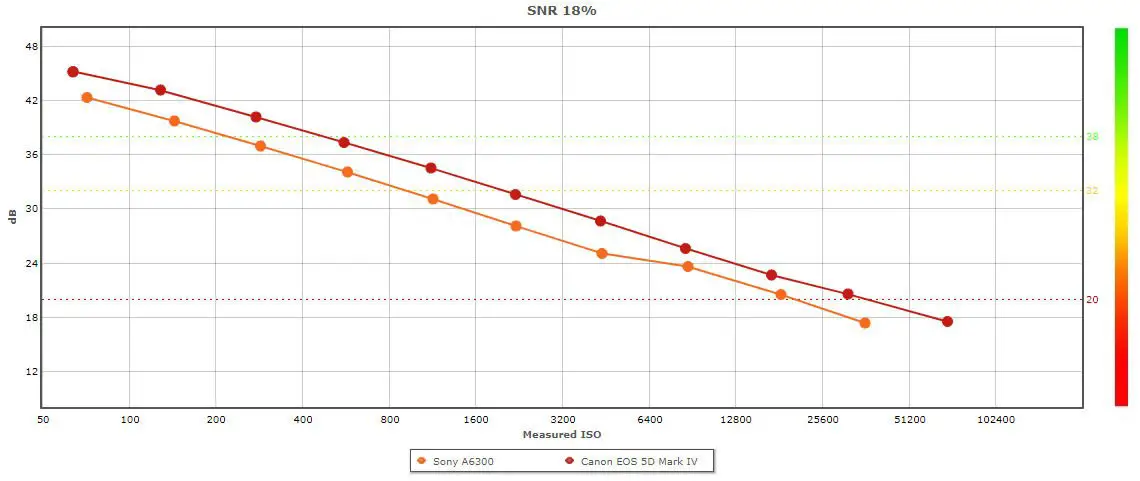
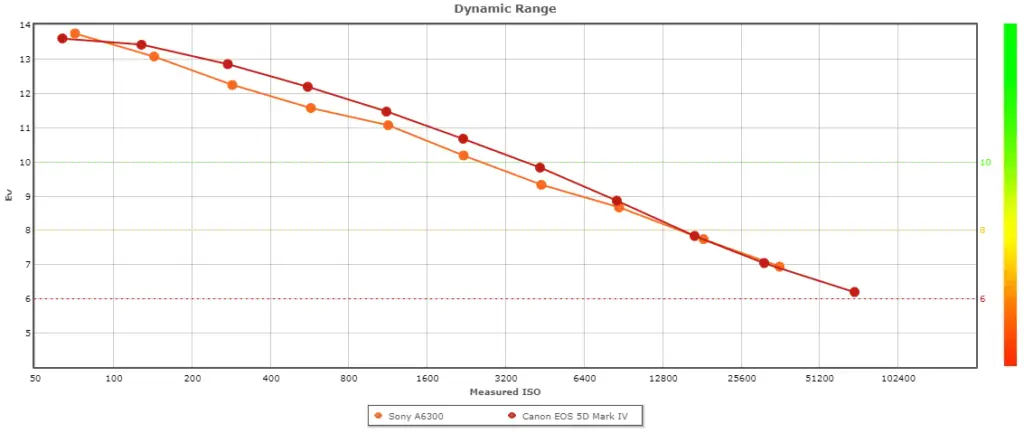
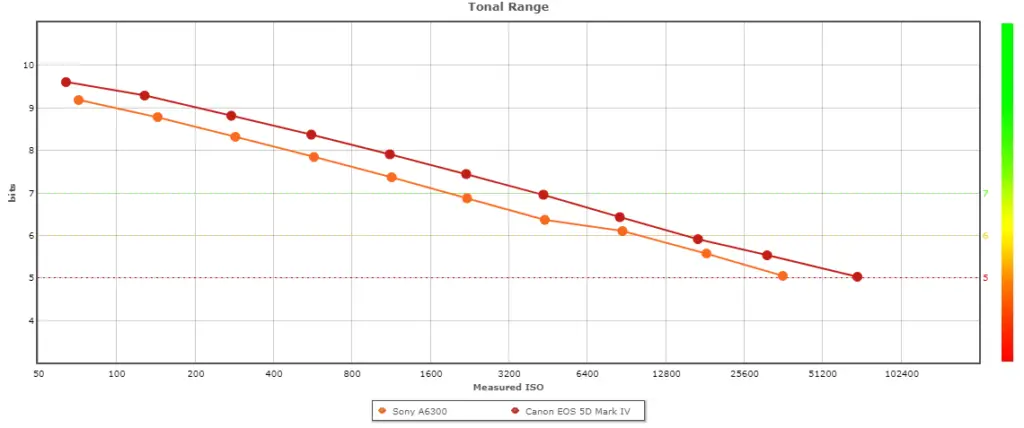
As you may have realized, we can’t see too much difference in the charts comparing these specs. Even at higher ISOs (>3200), their image noise (SNR18%) isn’t so different. The Dynamic Range is very similar in almost all measured ISOs, and sometimes the Sony a6300 has a slightly better response. Aside from that, the Tonal Range is close in the 2 cameras.
In other words, the image quality produced by these 2 great cameras is pretty close, and the Full Frame one costs almost 3 times more.
Furthermore, if you buy a Full Frame camera body, you’ll probably need a Full Frame lens. These lenses usually are more expensive than the APS-C ones. Also, the number of lenses available in the market for APS-C is bigger, so you have more options.
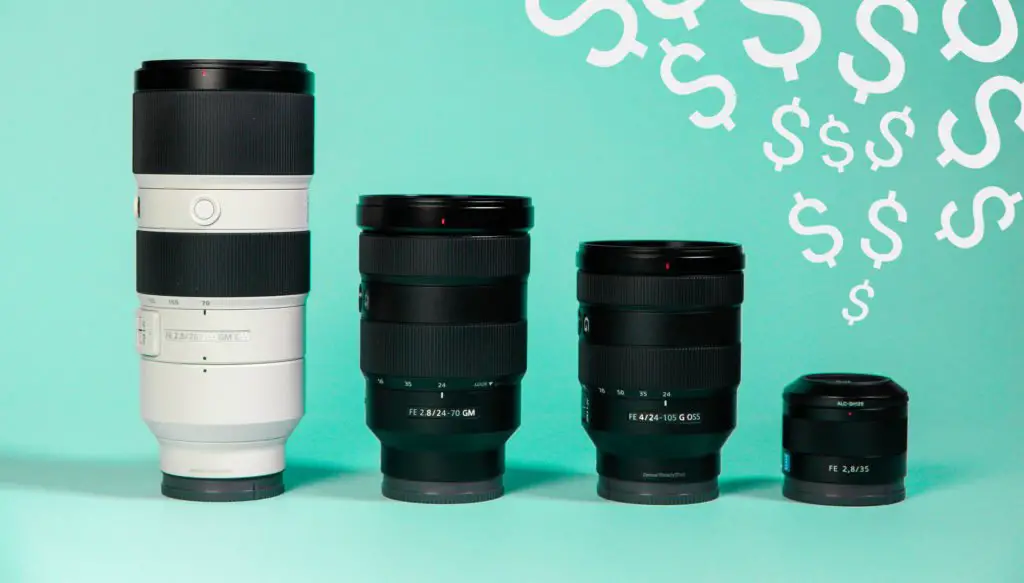
Moreover, even if you choose a lens mount used in both Full Frame and APS-C cameras, like E-Mount, you’ll still need to buy different lenses to use in Full Frame cameras (if you don’t want dark corners in your shoots).
In summary, there are reasons to choose Full Frame, but you can’t say APS-C isn’t comparable to Full Frame in image quality, because it also produces great images.
If I had compared the a6300 with other FF like Sony a7RIV, we would probably see a more favorable scenario for the a7RIV. But again, we can’t say the APS-C sensors aren’t comparable with the Full Frame ones, because their image quality difference isn’t as big as the sponsored YouTubers and bloggers made we think.

That is, choosing Full Frame should be more about personal artistic options and less about the influence of other people.
PS: This is a non-sponsored post, and I am giving you my honest thoughts about these subjects.

Claudio Pereira
Author
He is a brazilian writing in english, a student of Medical School, and a Photographer during the free time. His passion for photography started in 2012 . After discover it, he never stopped.

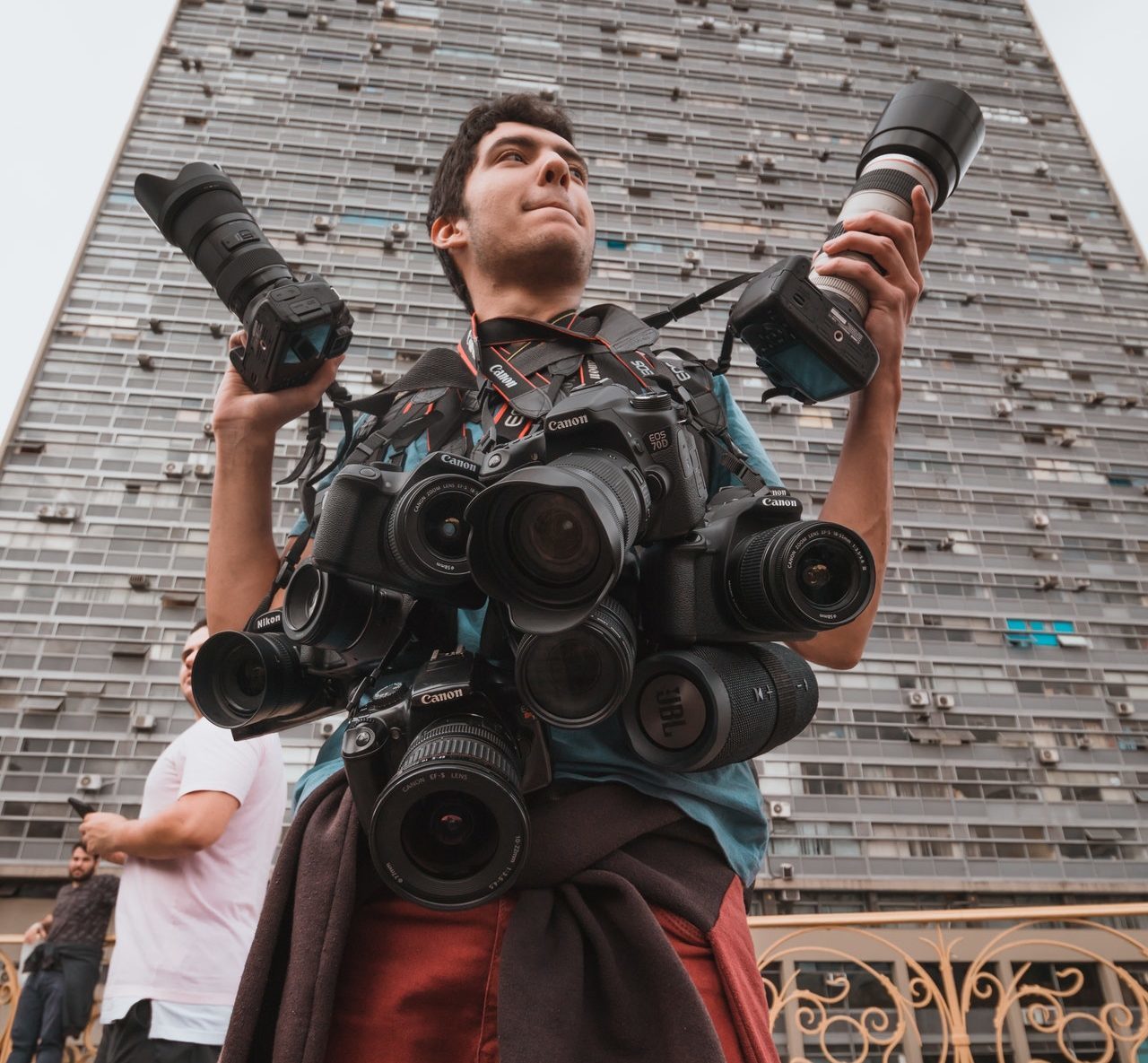
A lot of the opinion expressed here is really logical and true. Most photographers who can classify as professional, i.e. those who make the greater portion of their income from the vocation, may use the more expensive cameras with many bells and whistles and the higher pixel count sensors. however, they also know more of the tricks and methods to get good quality photos which will reduce the necessity for post processing. They also can afford the more expensive lenses which may be faster and better in low light and perhaps slightly better optics. on the other hand I do not believe that professionals are buying new camera every year or two, it doesn’t make sense to replace a perfectly functioning camera just because there a few thousand more pixels on the sensor, or one or two new buttons that do something that will not vastly improve the photographs obtained.
That is why I am using a camera I purchased in 2019 and was released in 2016 but it did improve the results over my previous camera. Yes, I’m an amateur and do not make a living with my camera, it is a hobby, but I do want my photos to be the best possible that will satisfy me. The camera I bought is still in production, has a 24MP sensor, several newer operations than my old camera (still functional and sufficient in many respects) and gives my photos a bit more resolution that I wanted. It all is based on personal opinions, wants, needs(?) and decisions.